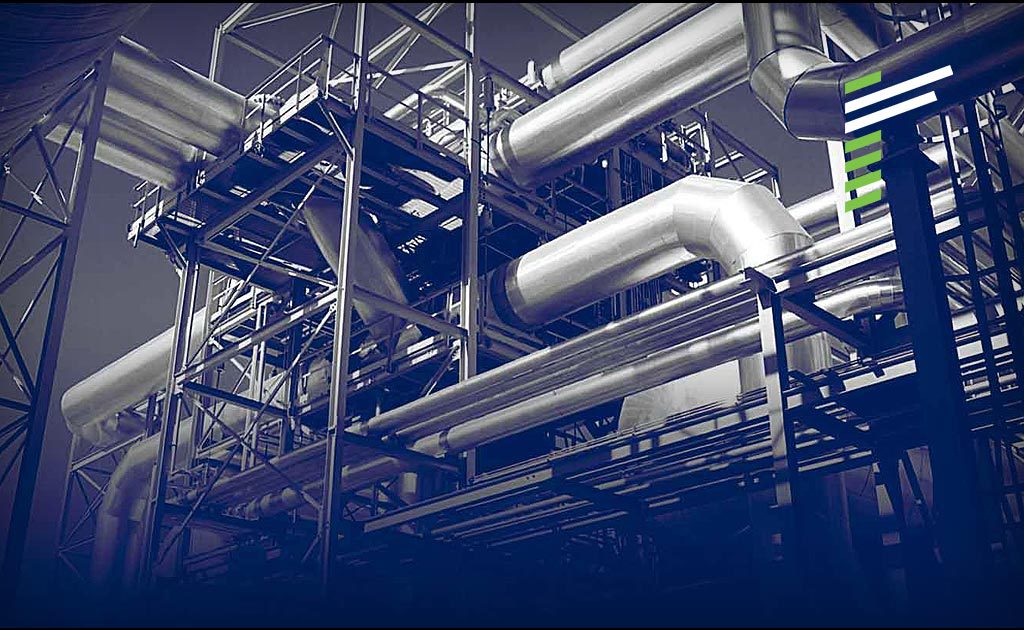Background
The petrochemicals industry is a sector of the chemical industry that produces chemicals and materials from petroleum and natural gas. The industry is a critical component of the global economy, with petrochemicals playing a vital role in the manufacture of many consumer goods and industrial products.
The industry encompasses a wide range of activities, from the extraction and refining of crude oil and natural gas to the production of specialized chemicals and materials through various chemical processes.
Our client’s business is focused on the production and sales of these petrochemical products including solvents, coatings, inks, and lubricants. The company is a major global producer of acetate solvents and one of China’s major manufacturers of ink.
To cope with an increasingly challenging business environment, the company had been in a continuous drive to pursue operational excellence, cost structure optimisation and management effectiveness.
Project Approach
After conducting a comprehensive business analysis, we uncovered several opportunities to improve the company’s productivity and efficiency. Following this, a 30-week project aimed to achieve five key objectives:
- Improve the production quality of a key plant and reduce raw materials wastage by enhancing its management control systems (MCS).
- Optimise the sales and operation procedures to balance demand and supply, reduce inventory levels, re-evaluate the current product mix and improve the overall supply chain.
- Improve the purchasing strategy, raising the efficiency and effectiveness of bargaining techniques and reducing the cost of raw materials by joint initiative purchasing and better research and development.
- Improve the logistics management control system (MCS) to increase efficiency, reduce cases of goods damaged during transportation, and lower overall costs.
- Change management behaviours from firefighting to fact-based, active problem solving.
“This project with Renoir has helped improve our ability in management and execution. This is an important step in strengthening the muscle of the enterprise and seeking changes amid stable progress to achieve our vision.”
Client CEO
Project Implementation
The project was split into five workstreams, with one workstream focused specifically on the production plant. After 30 weeks, this is what was achieved:
Workstream 1: Production and quality
- A new MCS that improved the overall planning process, giving planners more control over materials and yield. This included a new KPI dashboard that highlighted variances such as cost, quality, and efficiency.
- A preventative quality control system covering Failure Mode Effectiveness Analyses (FMEA), product first-pass yield assessments and root cause analyses.
- Improved formula accuracy through prior testing, and established packaging and inspection control procedures.
Workstream 2: Sales and operations planning (S&OP)
- A new strategic stocking model that tracked and optimised product inventory levels.
- Control mechanisms that increased the response time of planners while reducing peak levels of inventories.
- Optimised S&OP processes to improve the accuracy of sales forecasting to balance supply and demand.
- Reduced the number of stock-keeping units (SKUs) to streamline the overall product mix.
Workstream 3: Procurement
- An optimised procurement MCS that was more systematic and reduced instances of dormant stock. This also included a new methodology for purchasing raw materials.
- A new bargaining tracking mechanism that encouraged proactive bargaining behaviour. Stakeholders could actively monitor the price trends of the raw materials market to minimise feedstock cost.
- A cost reduction programme involving procurement and research and development, that achieved substitution of raw materials and value engineered formulas.
- A new supplier performance evaluation system to improve the quality of raw materials supply.
Workstream 4: Logistics
- An optimised storage and transportation MCS which included batch and first-in-first-out principles.
- Improved storage efficiency that reduced costs by eliminating waste through various quick-win initiatives, reduced warehouse space and met the audit requirements of customers.
- A refined production model to reduce long-distance transport and improve logistics efficiency.
- Introduced third-party logistics (3PL) and carrier evaluation.
- Improving the overall transportation bidding procedure.
Workstream 5: Architectural coatings sales
- A new sales effectiveness MCS that covered daily reports, distributor inventory checking and the collection of local market intelligence.
- Shifting sales to focus on end customers via distribution channels.
- New strategy tools to identify new sales opportunities, better understanding of demands, and development of plans for expanding distribution channels.
Results
50%
Warehouse space requirements reduced
20%
Production cost per kg reduced
3:1
ROI
56%
Turnover days of finished goods reduced
38%
Raw material consumption loss reduced
The sales effectiveness MCS (that was introduced in the architectural coatings sales workstream) was also used in a pilot project. As a result, sales revenues increased sharply during the project period. There was also a drastic increase in channel penetration, thanks to the opening of new sub-distribution stores.
The company’s new, robust management control systems and culture of continuous improvement helped position the company to weather the challenges of an extremely competitive market.










